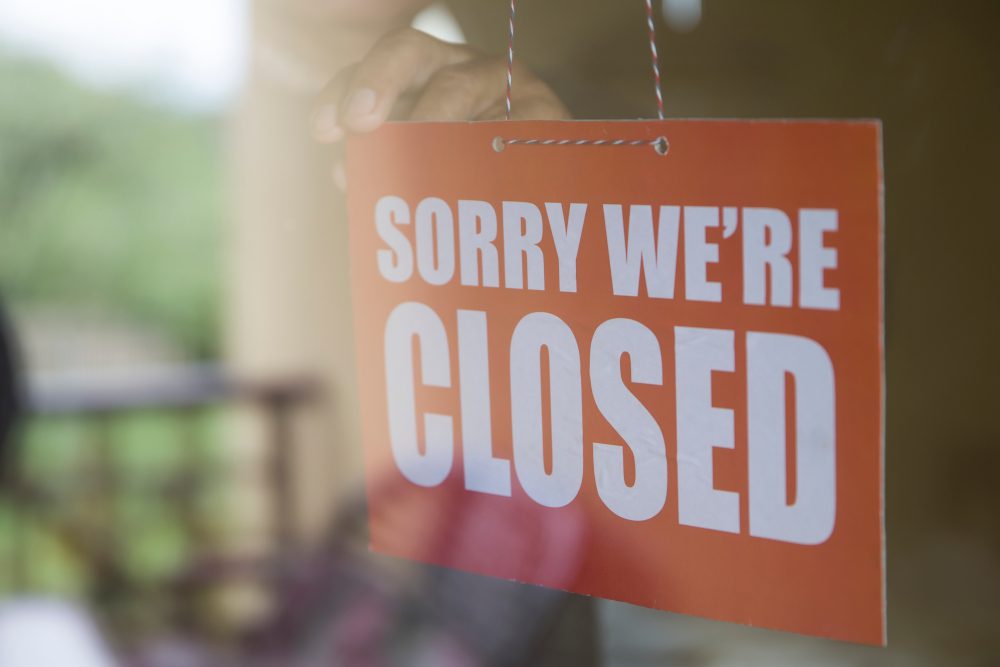When a project becomes reputationally, politically, or ethically compromised, leadership faces a critical decision: stay, fix, or exit. In fragile markets, even the appearance of contamination—from allegations, internal misconduct, or partner exposure—can be destabilizing. If left unmanaged, it spreads beyond the project itself, infecting donor confidence, staff morale, and organizational brand. The key is structured response. Whether you choose to wind down, isolate, or divest, each path requires strategic precision.
Step One: Acknowledge the Contamination
Contamination may come from fraud, governance failure, politicized partnerships, or external accusations. Before selecting a strategy, the nature and scope of the contamination must be clearly diagnosed. Ask:
-
Is this a reputational issue, a legal breach, or both?
-
Is it isolated to this project or linked to systemic exposure?
-
Who is aware—and how is the narrative evolving?
Avoid denial. Silence signals complicity. Quiet acknowledgement within leadership circles is not enough. Structured recognition is the first step toward containment.
Option One: Wind Down
When the risk is systemic or irreparable, winding down is the responsible choice. This involves:
-
Notifying key stakeholders and donors with clarity and transparency
-
Freezing further investment or programmatic expansion
-
Gradually dissolving operations while preserving records and financial clarity
-
Ensuring legal compliance for asset disposal or staff termination
-
Documenting lessons for internal governance reviews
A clean exit builds more trust than a chaotic rescue attempt. Winding down must be executed publicly, with dignity and documentation.
Option Two: Isolate
If the contamination is localized, isolation can preserve broader institutional integrity. This means:
-
Segregating finances, personnel, and communications from the broader organization
-
Creating a separate oversight structure, possibly with external monitors
-
Suspending key decision-makers associated with the breach
-
Issuing internal and external statements that clarify boundaries
Isolation signals control. It says: “We recognize the risk, and we’ve placed it in quarantine.” This is often effective when the issue is partner-specific or reputationally concentrated.
Option Three: Divest
When exit is necessary but immediate closure would create harm or backlash, divestment is the middle path. This could involve:
-
Transferring ownership or control to a neutral or third-party organization
-
Redesigning governance to shift liability
-
Repositioning the project as a local or independent initiative
-
Withdrawing brand association while maintaining limited technical support
Divestment allows for graceful separation without triggering collapse. It is most effective when the project retains operational value but no longer aligns with institutional risk tolerance.
Risk of Inaction
Allowing a contaminated project to persist without intervention sends signals to donors, regulators, and communities. It suggests either denial or weakness. The longer a response is delayed, the more institutional exposure accumulates. Staff disengage. External scrutiny intensifies. And leadership loses control of the narrative. Choosing not to act is, in fact, a form of action—with consequences.
Decision Criteria
When choosing between winding down, isolating, or divesting, consider:
-
Stakeholder Impact: Who will be harmed or protected by each option?
-
Brand Integrity: Can the organization’s core reputation survive continued association?
-
Governance Risk: Where does liability reside, and what triggers escalation?
-
Exit Infrastructure: Are there partners or protocols in place to absorb the fallout?
Strategic clarity emerges only when decisions are based on structural logic—not personal loyalty or institutional ego.
Final Thoughts
Contaminated projects do not heal on their own. Whether the issue is political, ethical, or operational, inaction invites spread. Knowing how to wind down, isolate, or divest is part of modern risk management. In fragile markets and contested spaces, withdrawal is not weakness—it is stewardship. The question is not just how to leave. It is how to leave in a way that protects what must endure.







